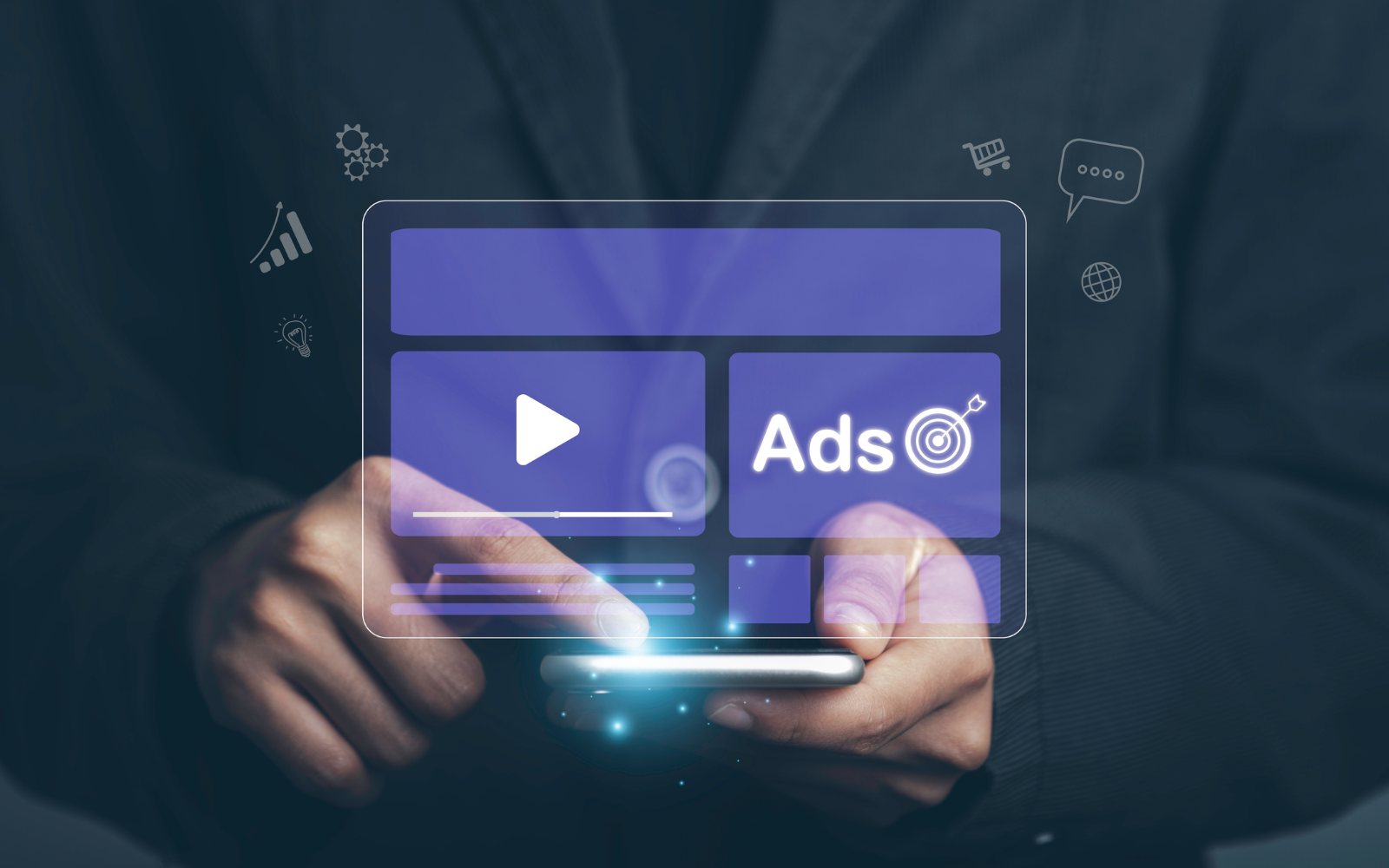Laying the Foundation: Keyword Research and Targeting
Harnessing AI-Powered Tools for Keyword Discovery
In the realm of pay-per-click optimization, keyword research stands as a cornerstone. Leverage AI-powered tools like SEMrush’s Keyword Magic Tool or Google’s Keyword Planner to uncover hidden keyword opportunities. These advanced tools excel at identifying trends, seasonal keywords, and long-tail variations that manual research might miss.
Aligning Keywords with User Intent
Understanding the intent behind search queries is crucial. Target keywords based on whether the search term is informational, navigational, or transactional. This approach allows you to create more relevant ads that match the user’s position in the buying journey, increasing the likelihood of engagement and conversion.
Crafting Compelling Ad Copy: The Art of Persuasion
Personalizing Ad Messaging for Maximum Impact
Utilize audience data to create personalized ad copy that resonates with different segments of your target audience. Tailored messaging increases relevance and engagement, ultimately leading to higher conversion rates. Implement dynamic keyword insertion to automatically update your ad copy with the user’s search terms, enhancing relevance and boosting click-through rates.
Leveraging Machine Learning for Ad Optimization
Embrace Google’s Responsive Search Ads (RSAs) by inputting multiple headlines and descriptions. Google’s machine learning algorithms will test various combinations to determine the best-performing ad variants, optimizing your campaign’s effectiveness over time.
Strategic Budget Allocation: Maximizing ROI
Implementing Smart Bidding Strategies
Utilize Google Ads’ Smart Bidding strategies, such as Target CPA, Target ROAS, or Maximize Conversions. These automated strategies optimize bids in real-time based on auction-time signals, ensuring your budget is allocated efficiently across your paid search campaigns.
Time-Based Bid Adjustments for Peak Performance
Optimize your bids based on the time of day or day of the week when your ads are most effective. By adjusting your bids during peak times, you ensure your ads are visible when your target audience is most active and likely to convert.
Advanced Audience Targeting: Precision in Reach
Creating Hyper-Specific Audience Segments
Develop super-specific audience segments using detailed demographic, psychographic, and behavioral data. Platforms like Facebook and Google Ads allow for targeting based on interests, purchase behavior, and life events, enabling you to reach the most relevant potential customers.
Expanding Reach with Lookalike Audiences
Create lookalike audiences based on your best-performing customer profiles. These audiences share characteristics with your existing high-value customers, increasing the likelihood of attracting similarly valuable prospects and driving conversions.
Continuous Optimization: The Key to Long-Term Success
Embracing A/B Testing for Ongoing Improvement
Implement A/B testing by creating multiple variations of your ads and landing pages. Continuously test different elements such as headlines, ad copy, images, and call-to-action buttons to identify the most effective combinations that drive engagement and conversions.
Leveraging Analytics for Data-Driven Decisions
Regularly analyze campaign performance data to inform your optimization efforts. Use insights gained from analytics to refine your targeting, adjust your bidding strategies, and improve your ad creative, ensuring your campaigns remain effective in an ever-changing digital landscape.

